BUMO- creating a new era of IoT through digital trust and value circulation
How fast do you think you can transfer information across the internet? Say instantly?
How fast do you think it will take for this article to be posted when l’ll click the ‘post' icon if the probability of network service delaying it is negligible?(plus, I'm just paying a little amount) Say nanoseconds? I guess you smiled at the thought of that- the thought of the world of information becoming seemingly connected as if we all are just in the same room and anyone can speedily hear(read) what another is saying, irrespective of the distance apart(as of in a global scope)… and if you’d easily murmur a silent subconscious ‘Thank you' to whosoever designed this system, don’t worry, you’re not alone in that.
But then, how fast and how well would you want to transfer value too?
The internet has over the years, made the transfer of information to be almost instantaneously at a very low cost for the senders as well as the receivers. Yet, is it still impossible to realize the point-to-point value transfer and delivery because the system created depends on a central authority to undertake the accounting function, the reason being that the value transmission needs to guarantee the uniqueness of ownership and the central authority needs to ensure the transfer goes through which is different from the replicability of information. Moreover, central authorities like this are always prone to attacks and hacks. In contrast to how fast information flies, a single payment from one country to another is slow, expensive and unreliable. In the US, a typical international payment takes 3-5 days to settle, has an error rate of at least 5% and an average cost of $42. Worldwide, there are $180 trillion worth of cross-border payments made every year, with a combined cost of more than $1.7 trillion a year.
But what if there could be a network that provides reliable accounting function then the transfer of value won’t have to depend on central authorities but conduct point-to-point value transfer directly…right?
Yes. The blockchain enables trustless value exchange and even at a cheaper rate. Blockchain enables trustless non-intermediary value transfers through smart contracts. Until now, trading or exchanging these assets has required an escrows or intermediaries such as a digital or physical marketplace, maybe a bank or third-party booking service like Airbnb. But now, the Blockchain technology allows assets to be transferred from one party directly to another, with no middleman whatsoever. The transfer is immediately made permanent, validated and completed. Lastly we could say that value will be able to move around the world as information does.
The Investment management service, Rathbones praised the blockchain saying,
“..it(blockchain) promises to do for value what the internet has done for information: decentralise control, remove asymmetries, and change the way we transact and interact with everything. From money transfers and asset trading, through healthcare provision and music downloading to collaborating and sharing of resources, blockchain promises to enable, empower and revolutionise…”
With the Internet of Value driven by the blockchain, a digital trust is created between transaction participants. Value transaction such as a foreign currency payment, can happen instantly without intermediaries and with no need for trusts, just as how people have been sharing words, images and videos online for years. And amazingly, it’s not just money. The Internet of Value will enable the exchange of any asset that is of value to someone, including scientific research records, intellectual properties, votes, stocks, frequent flyer points, securities, graphics and the list goes on.
We’re already seeing significant applications of digital trusts created by the blockchain in the real world of Internet of Value as Peach Aviation, a Japanese airline has become the third commercial airline to accept cryptocurrency payments..
Yet despite all these glamorous prospects and features, some limitations hinders the blockchain from providing an value-circulated ever-present trust network.
What are these limitations?
Bitcoin can only process about seven transactions per second while the notable birth of the crypto game Crypto Kittens paralyzed the Ethereum platform due to lack of processing capabilities as it ran out power caused by increase in usage. Thus, it can’t effectively and efficiently applied in a real world economy.
Moreover, in the process of mining to unlock new coins and keep the blockchain safe, it is estimated that Bitcoin alone guzzles about as much electricity annually as all of Nigeria in as much as Ethereum gulps electrons too, as do most other cryptocurrencies. Now to cut energy cost, miners run to places like China where electricity is cheap for mining and this causes centralization of mining which in a scenario of Government interference, the Blockchain will lose it’s distinctive decentralized feature.
More so, since the decentralized ledger that creates the foundation of the blockchain keeps getting bigger with every block added to the chain, scalability is an inevitable challenge the blockchain must confront. Then, mass adoption won’t happen if these blockchains can’t scale, because nobody will accept slower or smaller applications than they’re used to just for the sake of decentralization.
Lastly, lack of liquidity causes digital assets on blockchain platforms to be isolated from each other, thereby reducing value circulation while adversely increasing cost of obtaining them. Therefore, this severely limits the value of assets.
In the face of all these great possibilities yet daunting challenges, I present to you BUMO.
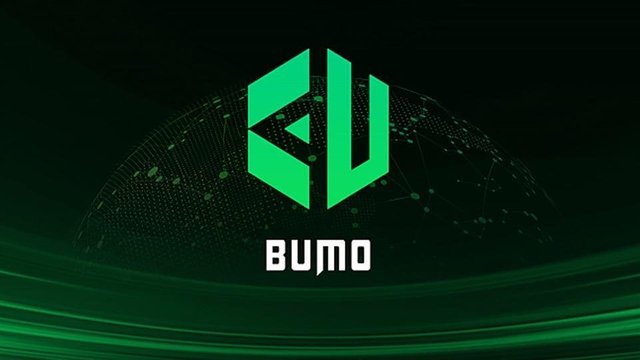
BUMO
BUMO can be seen to be an ubiquitous trust network that interoperates several independent entities for easy transfer of value. With BUMO, values can be exchanged between independent bodies in a Peer-to-Peer network manner and when this is done, it is processed, stored and executed in a chain of records, just like what is obtainable with the blockchain.
BUMO brilliantly combines the blockchain and the IoT(Internet of Things) not only to solve the technical problems of the IoT but to improve the IoT with all kinds of intelligent devices and extend reach to everybody. On BUMO, values can be tokenized ranging from loyalty assets, to insurance or game points. These assets will have free circulation and a common share application to enable the P2P transfer between users.
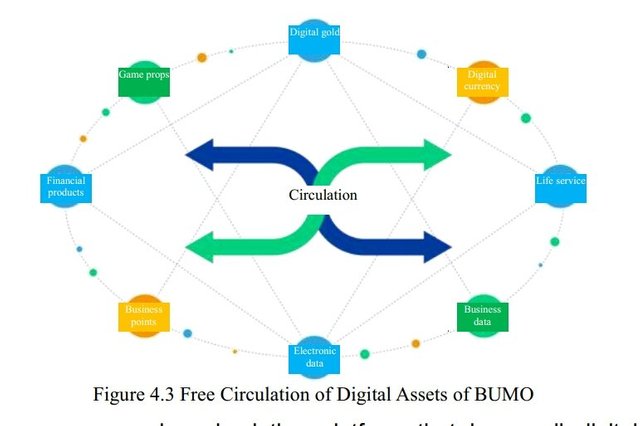
A New Era for IoT?
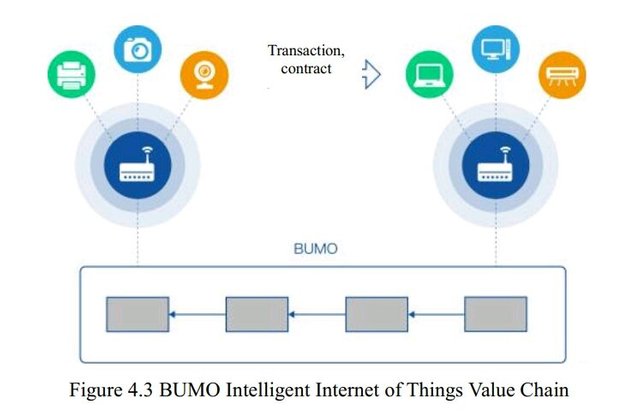
Normally, Internet of Things solutions lack real value creation, and the value of most connected device is just because they are connected to the network. Unfortunately, this does not make a device more intelligent or better. BUMO will transform value delivery between devices of the Internet of Things, and build the intelligent IoT value network by decentralizing the value transfer mode at a low cost. On BUMO, benefits like full use of idle resources, such as instance computing ability and reduction of threshold for users is offered.
Moreover, with this large number of nodes involved in consensus, BUMO would ensure a transparent and autonomous Internet of Values.
Network Composition
On BUMO, any device can join the network as a node as the network is open, autonomous and easily joins the physical world with the blockchain. This node can join to enhance network maintenance, application development and value circulation thereby creating an ubiquitous large-scale network.
Physically, BUMO is made of;
- Node: This is any intelligent, smart device or terminal that joins the network and retains its autonomous feature.
- Candidate Node: All nodes can apply to be candidate node. Qualified N nodes are selected as candidate nodes and ‘N' can be ascertain according to network scale and performance requirements.
- Validator Nodes: Candidate Nodes who had passed the lottery becomes a validator node and this lottery/election reaches the consensus through a algorithm. The Validator nodes are saddled with the responsibilities of network accounting and resource disbursement. And they are rewarded for this.
Consensus Mechanism:
BUMO uses a new consensus algorithm BU firework. The new consensus is called “DPos+PBFT”. It can attain higher transaction throughut, scalability and security. It is used as a dynamic validator election which differs from the traditional Proof of Stake(PoS) and PBFT(Practical Byzantine Fault Tolerance). It has the following links as shown below with a picture of how validator nodes are selected.
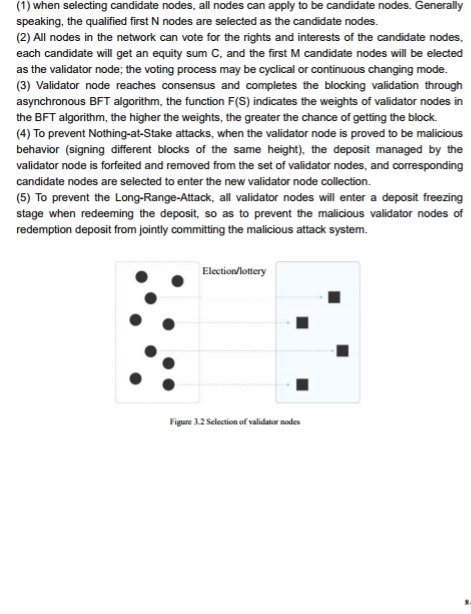
How does the new consensus model make BUMO unique?
Nobody especially large enterprises would want to accept slower and smaller dApps simply because it’s on the blockchain. There is a need for fast, safe and a scalable block chain. BUMO eliminates this through it’s scalable, safe and higher transaction throughput algorithm called DPoS+PBFT.
Also imagine going to a store to buy groceries and for each customer to be served, the store staff must hold a meeting to decide who attends to that particular customer at the pay desk. Maybe you’ll get attended to eventually but this won’t be fast as you’d wish. Well, this is a good similitude of what happens in the blockchain consensus models(PoW, PoS, etc). Transactions are grouped in blocks before being ‘written' on the chain. It takes about one minute to mine blocks, that is, validate transactions in a block and this primarily causes the slow speed of the blockchain.
BUMO eliminates this through the dynamic validator nodes election consensus enabled by DPoS+PBFT algorithm.
Incentive Mechanism:
The economic activities on the BUMO network is evaluated using the Bu-Token(BU). Since the validator nodes are in charge of maintaining the BUMO network, they have to be incentivized. So, when a user initiates a transaction/smart contract on the BUMO network, he uses the resources of the network, thus, the user has to pay a fee, in the form of GAS which is measured in BU-Token. The amount of GAS to be paid is shared into:
- Storage and network fee: which is based on type of transaction and its size
- Calculation fee: which is based on weight of computing resources, measured in the time it takes to execute contract requirements.
BUContracts(BUMO Contracts)
BuContracts are smart contracts on the BUMO network that uses CPU and memory resources to run the contract. The BuContract is built in such a way that it ensures that real world and blockchain values can be exchanged in two ways. Firstly, it is designed in a way that the user or provider of the data would pay in some BU-tokens to maintain his contract. In this way, if any cheating is noticed, the validator and other participators would vote for a deduct of the deposit. Another way is through the help of the oracle machine. However in this, the contract need to fully trusts the oracle machine.
The BuContract is made up of features like the BUMO Virtual Machine(BuVM) and the BUMO Oracle.
BUMO Virtual Machine (BuVM):
This ensures the execution of the BuContract which was built on the BUMO framework.
BUMO Oracle:
This is a framework that enables the oracle machine to know the data needed to be obtained through the triggering event initiated in the BuContract. . This event is returned to the virtual machine after it has been processed by the oracle machine.
Check the BUMO White paper at the end of this article for more details.
Cross-Chain Interoperability:
BUMO is using two blockchain cross-chain architectures called isomorphic InterChains (BU Orbits) and isomeric InterChains (BU Canal), to carry out it’s transactions. This is to prevent the limitations such like; limited number of consensus nodes or storage efficiency that is bugging the single chain system.
These architectures have helped create a connection between independent blockchains and ensured the validity of cross-chain transactions and the security of user privacy data.
Check the technical White paper at the end of the article to know more about Bumo's technical characteristics.
The BU-Token:
The BU token is the driving force behind the BUMO network. It is used to characterize and measure digital economic activities on BUMO and it’s value is based on tow things, which are; the quantity of BU needed to fuel the platform, and the holding BU to enable participation in governance of the network.
Application scenarios of BU include but are not limited to:
(1) GAS: As a fuel for executing trades or intelligent contracts on the BUMO network;
(2) Bookkeeping award: BUMO's validator node can acquire BU from each transaction as a reward;
(3) Community incentive; BUMO uses BU to motivate community developers and contributing users.
The ways to acquire BU:
(1) Acquire GAS in transaction or contract execution as a validator node;
(2) BU transfer between BUMO's user accounts;
(3) Participate in early donation support projects by exchanging with ETH;
(4) Participate in ecological construction of BUMO and acquire incentives;
(5) Other ways
BU allocation
The BUMO Edge
• BUMO enables common users to participate as nodes easily through smart devices.
• BUMO also brilliantly provide room for tokenization of any assets. Not only that, but there is also a free flow of these assets thereby creating a liquid market.
• Free flow of digital asset where which real-time value can be derived.
• Editing and debugging tools and templates are made available to enable developers to write and debug contracts effectively and efficiently.
• BUMO allows users to launch dApps without any application development knowledge. There is an easy to use templates library on BuVM which can be accessed and used to achieve whatsoever the user needs.
• On BUMO, there is a ready-to-use enterprise-grade infrastructure that can support up to 10,000 transactions per second unlike other blockchains.
• It is estimated that by 2020 there will be over 40 billion Internet of Things devices as IoT devices is on the increase. These Intelligent device.s have the capacity to create value. These devices that can create and compete in real time create flowing markets from the real world.
BUMO will create an advanced IoT value chain through value delivery by creating an intelligent IoT network via decentralization of the value transfer mode at lower costs.
Given that more and more businesses are being carried out on the internet, online security is obviously very important because as value is being transferred as information, it is exposed to vulnerabilities just like ordinary data over the internet. So it is very important to ensure a secured means of value transfer.
More so, the world is becoming more digitalized and as more businesses are cramped into the internet, it takes a heavy toll on the computational and processing powers needed to make the system maintain a suitable speed that is wanted by users. Therefore, it is important and pertinent to have a secured and fast value and data delivery mechanism.
On the blockchain, a lot of computational ability is needed by miners and lots of energy is consumed by mining, thus, not everyone on the blockchain or internet at large can be a miner and therefore, they forfeit the opportunity to enjoy incentives and rewards as miners. But on BUMO, with just a smart device, anyone can become a miner. This will result in an increase in number of blockchain users(miners) will build a bigger blockchain ecosystem and initiate mass adoption.
Use Cases
Rex had always wanted to build his flights and hotel booking company named FlyEasy on the blockchain but he is discouraged by the slow speed at which transactions are processed on the blockchain. Moreover, he would also need to connect regular customers luggage to the Internet of Things so as to help his company automatically book flights for such customers according to certain weights of their luggage and the airline charging fee. He is then introduced to BUMO by a blockchain enthusiast. On BUMO, he can easily launch his company application without the need of a developer while also having secured and fast transactions on his company dApp.
On another side, Betty has amassed a lot of digital assets and wealth through online gaming but yet she can’t get convert some of these assets to wealth because some can’t be tokenized and others can’t traded in the market due to lack of liquidity.
Betty then got to know about BUMO. Later on, most of her gaming platforms relaunched their dApps on BUMO tokenized their assets. Now Betty can get more value for her time, game rewards, etc that she spends or amasses while gaming. Also, she can now trade these tokens thanks to BUMO.
Synopsis
BUMO network is a completely open and autonomous network which connects the physical world with the blockchain digital world. BUMO wants to construct a world where digital assets are allowed to flow freely and gain new business value. While doing this, BUMO introduces the the IoT into a beautiful new era of easy transfer of values and tokenization of assets. BUMO offers so many advantages over several other public blockchains and it is the first blockchain to interoperate the blockchain with the IoT while promoting value exchange and tokenization of assets at the same time.
The future of the blockchain, IoT and the information and value transfer ecosystem is here, and it is BUMO.
Not a fan of words? Watch my video about Bumo below
The Team
The Partners
Official Sites and Resources
BUMO Website
BUMO Whitepaper
BUMO Technical Paper
BUMO Telegram
BUMO Weibo
BUMO Reddit
BUMO Facebook
BUMO Twitter
BUMO Github
BUMO Wallet
Any media or pictures used herein are sourced from the sites of Bumo and are licensed for use in this contest
This is a sponsored contest organized by @originalworks. Click here to check it out
bumotwitter
bumo2018
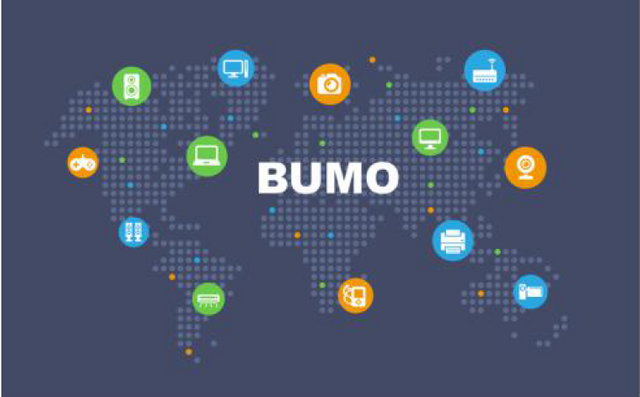

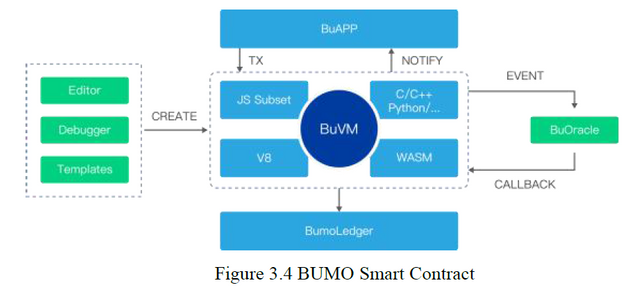
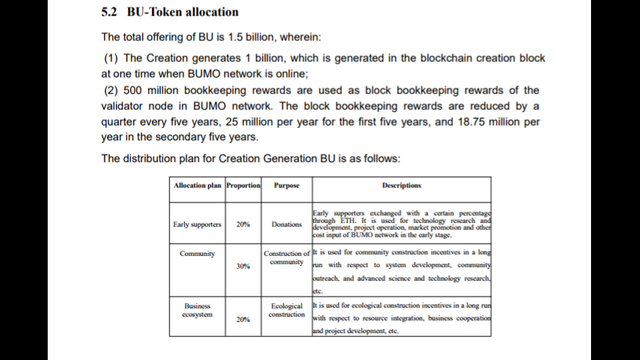
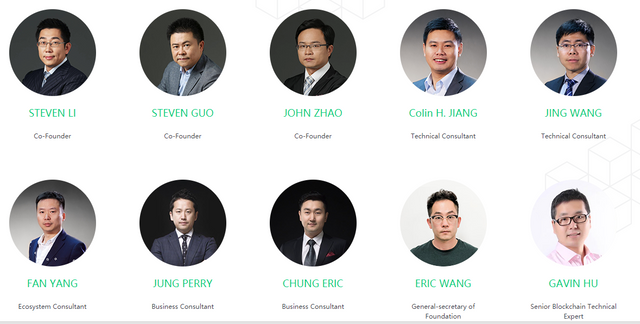
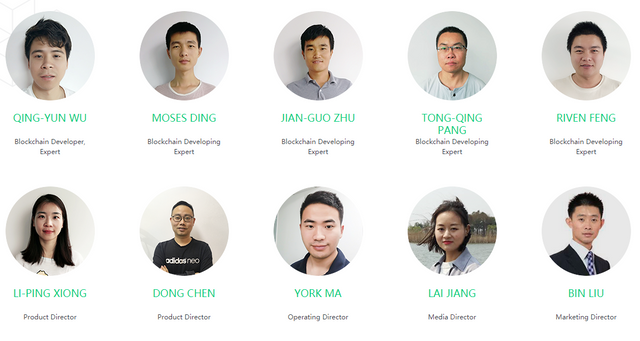
.PNG)
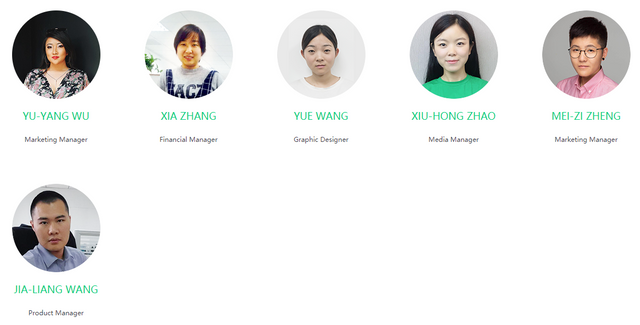

This post has been submitted for the @OriginalWorks Sponsored Writing Contest!
There is also a bonus CateredContent Event to earn additional Steem!
You can also follow @contestbot to be notified of future contests!
As a follower of @followforupvotes this post has been randomly selected and upvoted! Enjoy your upvote and have a great day!